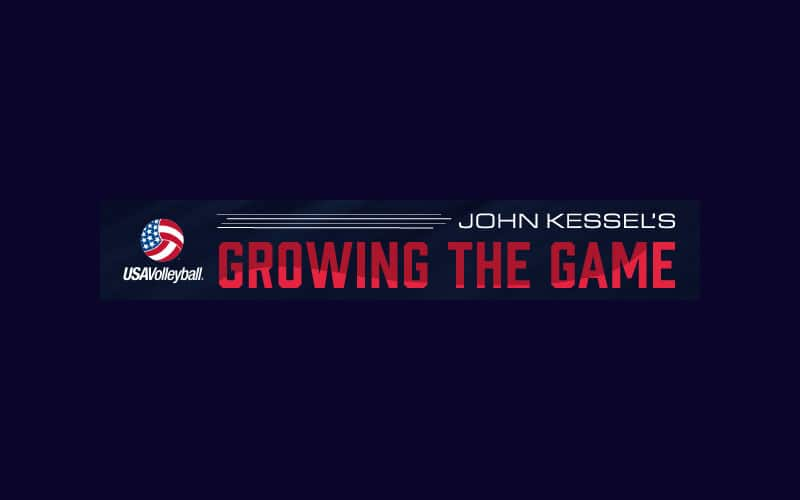
John Cotton Dana said it best in the adopted motto for the Facebook page Volleyball Coaches and Trainers: “Who dares to teach must never cease to learn.”
My daughter studied neuroscience, and as such, I’ve since understood more about how learning actually takes place. One of the scientists that has impacted my coaching greatly is Sugata Mitra. His 2008 TED talk called “Can Kids Teach Themselves,” impacted me greatly; check out all 30 of his core talks. He does another on if schools can exist in the cloud, which ties closely into the evolution of virtual reality training as it is unfolding in sport and life.
A podcast on unstoppable learning is also a must-listen. There are four parts, and all weave into what coaches and parents need to understand and apply. Listen to How Much Can Children Teach Themselves, or at least read the transcript.
Speaking of teaching yourself, I grew up learning to ride a bike without any guidance from parents or siblings other than the brilliant feedback of “Don’t fall down!” This form of very valuable intrinsic learning shows the retention level of what you learn on your own; despite years off the bike, you can easily ride one. This is also how the USA beach teams became the best in the world for decades: no coaching, just playing and mentoring.
I’m not trying to get rid of coaches, I’m trying to help us all understand that by controlling things, running drills and using various non-reality-based training devices, we are simply slowing down players’ learning. We are, in the words of a great motor learning scientist, the late Dr. Richard Schmidt, “Practicing for practice and not for performance.”
Our role as coaches is to put up the net, get out the balls and provide a safe learning environment, both physically and emotionally. Coaches who scream and yell at players fail to teach. Coaches who physically punish for failure or loss fail to teach. Learning comes when coaches and parents step back and guide discovery only when needed. The learner should discover lessons on their own or with their peers. If a player can show the key parts of each technique without a ball, they know the technique. Doing it at the right place and time, that comes from practice and experience. Coaches are only there to guide the process and make it as effective as possible. Manolis Votsis got it right with this quote, “Success is always a process, never an event. Failure is always an event, never a person.”
As a parent of two collegiate volleyball players, I know how hard it is to watch your child learn by making mistakes and possibly failing. The thing is, that’s part of learning. Mistakes are simply stepping stones on this path toward being the best player they can be. A growth mindset is important for not just players, but for coaches and parents alike.
Our national team staff calls this training ugly. Our game is chaotic and random, even as great players strive to be just a little better. No one wakes up one day after years of practicing volleyball and suddenly know how to play volleyball, progress is incremental. Players improve in small steps; their mechanics improve in small steps. They learn to play volleyball by playing volleyball, by hitting a ball over a net. There really is no other way.
While we score games during this process, it is really important to understand this quote: “We never lose. We either win, or we learn.” Learning through failure was well known to Thomas Edison when he said "I have not failed, I've just found 10,000 ways that won't work,” in regard to setbacks while inventing the lightbulb.
Learning through failure works – without Edison’s lessons, you wouldn’t be reading this right now. The hard part is allowing it to.
